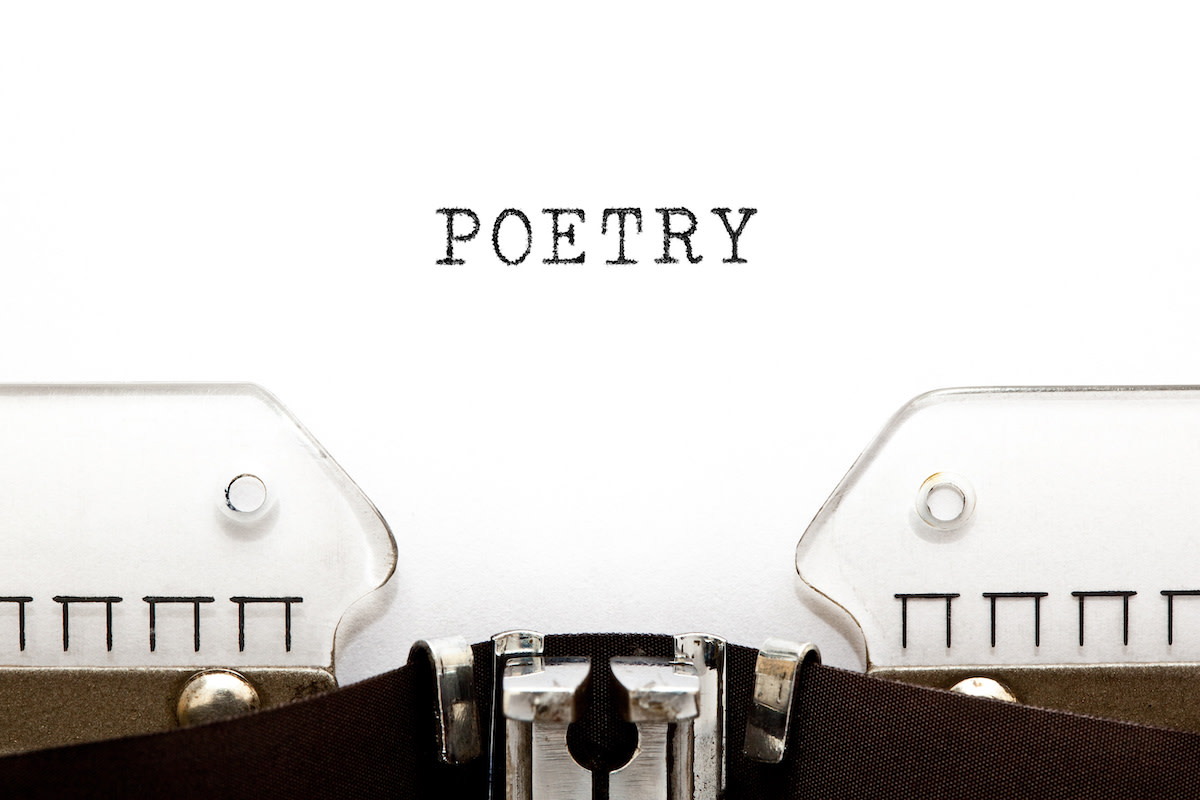What Are the Different Types of Sonnets? 4 Main Types of Sonnets With Examples
Written by MasterClass
Last updated: Aug 16, 2021 • 3 min read
The word “sonnet” stems from the Italian word “sonetto,” which itself derives from “suono” (meaning “a sound”). There are 4 primary types of sonnets:
- Petrarchan
- Shakespearean
- Spenserian
- Miltonic
Learn about each and the differences between them below.
Learn From the Best
What Is a Petrarchan sonnet?
The Petrarchan Sonnet is named after the Italian poet Francesco Petrarch, a lyrical poet of fourteenth-century Italy. Petrarch did not invent the poetic form that bears his name. Rather, the commonly credited originator of the sonnet is Giacomo da Lentini, who composed poetry in the literary Sicilian dialect in the thirteenth century. They have 14 lines, divided into 2 subgroups: an octave and a sestet. The octave follows a rhyme scheme of ABBA ABBA. The sestet follows one of two rhyme schemes—either CDE CDE scheme (more common) or CDC CDC. Learn more about Petrarchan sonnets here.
What Is a Shakespearean sonnet?
A Shakespearean sonnet is a variation on the Italian sonnet tradition. The form evolved in England during and around the time of the Elizabethan era. These sonnets are sometimes referred to as Elizabethan sonnets or English sonnets. They have 14 lines divided into 4 subgroups: 3 quatrains and a couplet. Each line is typically ten syllables, phrased in iambic pentameter. A Shakespearean sonnet employs the rhyme scheme ABAB CDCD EFEF GG. Learn more about Shakespearean sonnets here.
What Is a Spenserian sonnet?
A Spenserian sonnet is a variation on the Shakespearean sonnet, with a more challenging rhyme scheme: ABAB BCBC CDCD EE.
What Is a Miltonic sonnet?
“Miltonic” sonnets are an evolution of the Shakespearean sonnet. They often examined an internal struggle or conflict rather than themes of the material world, and sometimes they would stretch beyond traditional limits on rhyme or length.
Shakespearean Sonnets vs. Petrarchan Sonnets
The primary difference between a Shakespearean sonnet and a Petrarchan sonnet is the way the poem’s 14 lines are grouped. Rather than employ quatrains, the Petrarchan sonnet combines an octave (eight lines) with a sestet (six lines).
These sections accordingly follow the following rhyme scheme:
ABBA ABBA CDE CDE.
Sometimes, the ending sestet follows a CDC CDC rhyme scheme. This is called the “Sicilian sestet,” named for an island region of Italy.
Meanwhile, the “Crybin” variant on the Petrarchan sonnet contains a different rhyme scheme for the opening octave:
ABBA CDDC.
The verses of Petrarchan sonnets often frame a particular the topic or argument of the sonnet, which is often presented as a question. The opening octave offers a “proposition” that poses the problem at hand. The concluding sestet then provides a resolution. The ninth line of the Petrarchan sonnet, found at the top of the sestet, is the “volta,” which literally translates to the “turn.”
Shakespearean Sonnets vs. Spenserian Sonnets
The English poet Edmund Spenser lived during the age of Shakespeare (in fact, he died earlier than The Bard) and provided his own variation on the popular sonnet form of the day.
Shakespeare and most of his contemporaries organized their 14-line sonnet sequence with the following rhyme scheme:
ABAB CDCD EFEF GG.
Spenser’s rhyme scheme is a bit more challenging:
ABAB BCBC CDCD EE.
This means that rhyming words introduced in one quatrain must inform rhymes in subsequent quatrains. To see how Spenser put this into practice, consider the opening of his sonnet, “Amoretti,” written in 1595:
Happy ye leaves. whenas those lily hands—A
Which hold my life in their dead doing might—B
Shall handle you, and hold in love's soft bands—A
Like captives trembling at the victor's sight—B
And happy lines on which, with starry light—B
Those lamping eyes will deign sometimes to look—C
And read the sorrows of my dying sprite—B
Written with tears in heart's close bleeding book.—C
Shakespearean Sonnets vs. Miltonic Sonnets
Shakespeare’s sonnet style traces fairly clearly to the original sonnets of Giacomo da Lentini. Shakespearean rhyme scheme differed from its Italian precedents, as indicated above. But the Bard of Avon most distinguished his style via his poems’ content and themes. Prior to Elizabethan age, the vast majority of sonnets concerned religion and worship. Shakespeare upended this tradition with poems that feature lust, homoeroticism, misogyny, infidelity, and acrimony. These topics have endured in poetry ever since, even if the rigid sonnet structure eventually fell out of fashion.
John Milton, who lived for the final eight years of Shakespeare’s lifetime, continued to push the sonnet form. “Miltonic” sonnets often examined an internal struggle or conflict rather than themes of the material world. Sometimes they would stretch beyond traditional limits on rhyme or length, but Milton also showed fondness for the Petrarchan form, including in his most famous sonnet, “When I Consider How My Light is Spent.”
